Baria is a Phoenician - Roman settlement at Villaricos, in the municipality of Cuevas de Almanzora in Almeria, Andalucia, Spain. The area has been populated since before 6500 BC.
By Nick Nutter | Updated 23 Apr 2022 | Almería | Places To Go |
Login to add to YOUR Favourites or Read Later
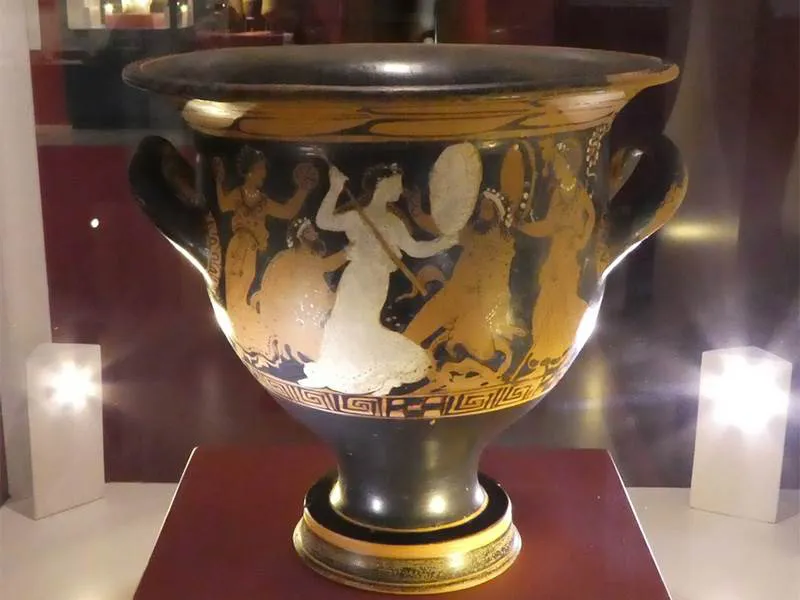
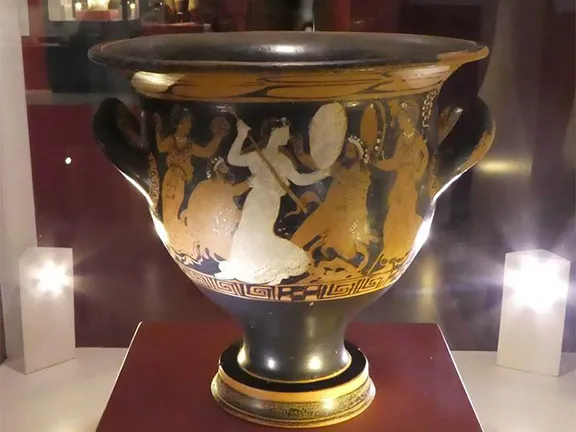
Greek Urn found at Baria now in the Almeria museum
The Vera depression has been a magnet for settlers since at least the first Neolithic colonisers arrived on its shores sometime before 6500 BC. Those people were attracted by the fertile alluvial plain and the miscellany of small ramblas that irrigate and drain the land. In those days the principle river, the Almanzora, that runs out into the Mediterranean to the north of the depression was navigable for about 1 kilometre inland. Some five thousand years later the Neolithic people had found the metal rich Sierra Almagrera that extends from the estuary of the Almanzora, north eastwards for 8 kilometres. The Sierra is criss crossed with mineral veins containing lead, silver, copper, iron and some traces of gold. By the beginning of the first millennium BC, when the Phoenicians arrived off the coast, prospecting, the people in the Vera area had progressed to smelting copper, mixing it with other minerals to make bronze and had established networks of exchange/trade set up both inland and across to North Africa.
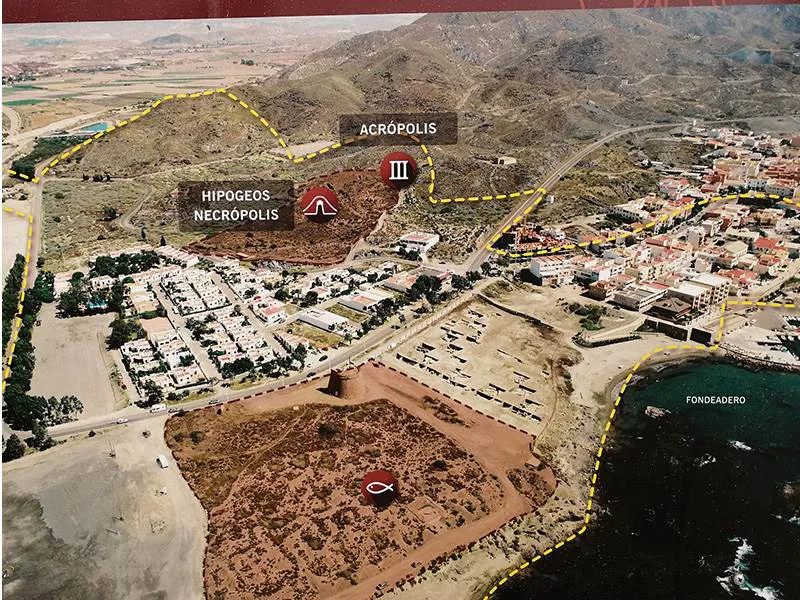
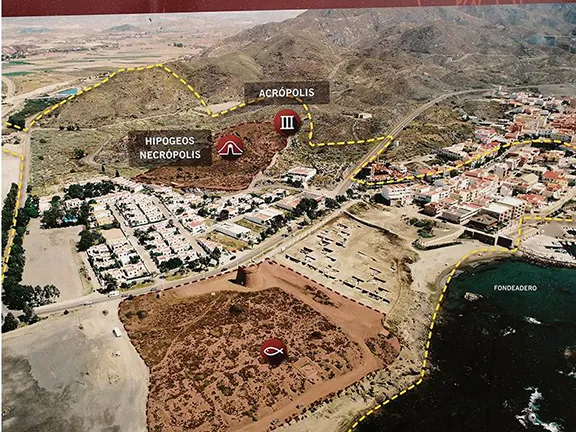
Map showing Baria archaeological area
By the 7th century BC, the Phoenicians had already established settlements all along the Iberian Mediterranean coast and into the Atlantic. They were constantly looking for new areas to exploit to satisfy the growing markets in the eastern Mediterranean. They established a settlement on the estuary of the Rio Almanzora. It became known by Roman times as Baria. The village that occupies this position today is called Villaricos.
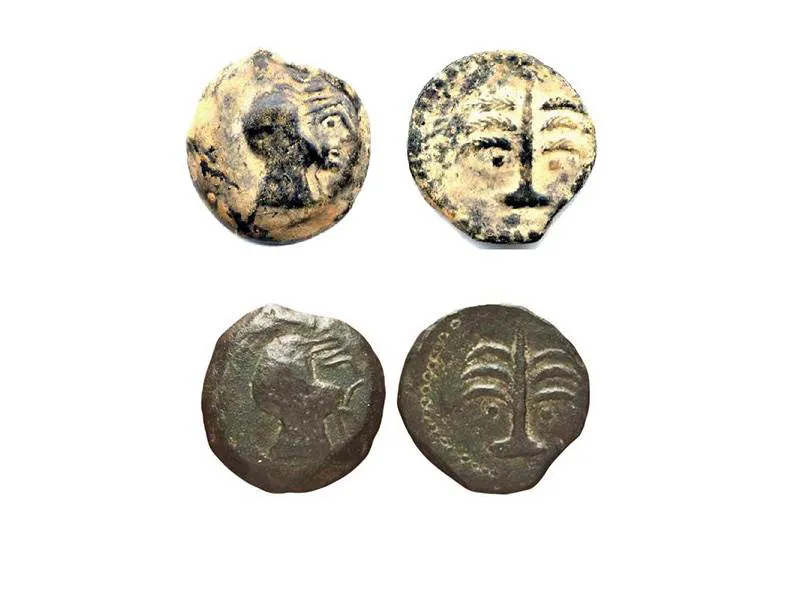
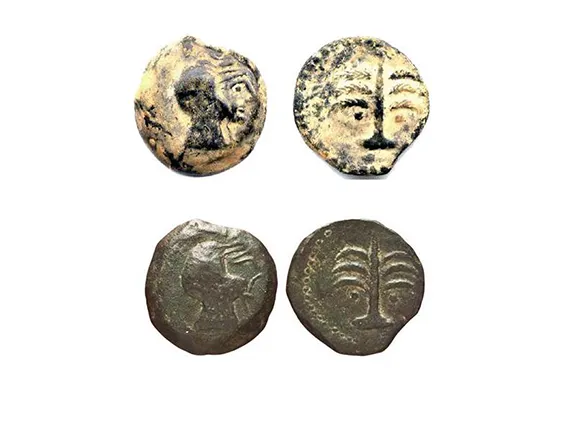
Coins found at Baria
In addition to minerals from the Sierra Almagrera, and grain and other agricultural products from the depression, the sea and estuary were well stocked with fish. The Phoenicians established a fish salting factory alongside their settlement. The settlement became an important trade centre for the surrounding territories, principally occupied by the Bastetani tribe, a subgroup of people generally known as Iberians.
Overlooking the village, the original excavator, Luis Siret, found a temple dedicated to the goddess Astarte and a sanctuary that contained terracotta figures of the head of the goddess Tanit.
Just inland, outside the settlement, as was the custom, the Phoenicians established a necropolis. Almost two thousand tombs have been found varying from simple grave burials, to cremations and, for about fifty members of the upper echelon of society, hypogea, tombs cut into the rock. The hypogea date from the 6th century and were reused right through the Roman period. Five of the hypogea can be visited. Access is gained via a tunnel cut into the hillside. Some of the corridors had masonry walls, plastered and painted with red paint. Access to the chamber itself was blocked by a large stone or, in some cases, a wooden door. The burials within the chambers were in coffins made of wood placed directly on the ground or cremation with the ashes in cremation urns. Grave goods included jewellery: amulets, torques, earrings, rings, gold, silver and bronze bracelets; amphora containing oil and wine; bowls containing nuts; alabaster jars, game pieces, and ostrich eggs from North Africa.
You can visit the Phoenician necropolis at Baria on Tuesdays, Thursdays and Saturdays. 10am - 2pm. Please check with the tourist office in the tower at Villaricos first.
In 218 BC, the people of Baria sided with the Carthaginians against Rome during the Second Punic War. The mint at Baria produced silver coins that are believed to have helped Hannibal pay the troops that he sent to Baria to protect it from the Romans. In 209 BC, after a three-day siege, Publius Cornelius Scipio Africanus, took the town and possession of the rich mines.
Baria expanded towards the river during the Roman period. In the year 75 AD, Baria was declared a municipality. The salted fish industry was booming, the factory on the shoreline included fish pools, warehouses and wells. Within the town, the streets laid out in regular Roman style, were shops and thermal baths in addition to the dwellings. Unfortunately, most of the Phoenician and Roman urban area is beneath the village of Villaricos.
The remaining part of the urban area and the industrial area have been covered since the excavations to preserve the site for future study.
Baria thrived until the 5th century AD when, following the arrival of the Visigoths in the area, the settlement declined into obscurity.